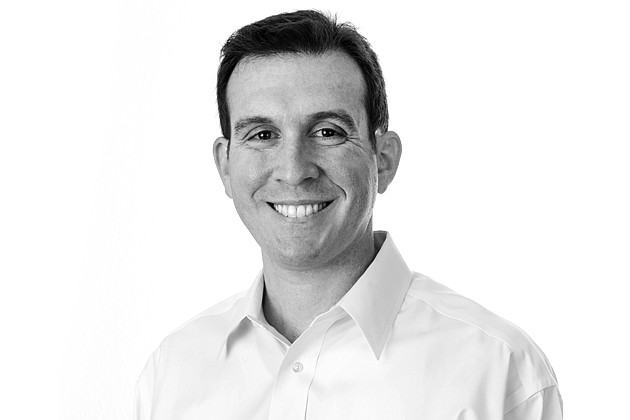-
-
Loading

Jeremy Hertz, J.D., SPHR, SHRM-SCP, has experienced employment and labor challenges in two of the toughest arenas — as head of human resources for an organization with 1,500 employees and in the courtroom as a labor and employment lawyer.
Last month, Hertz brought more than 12 years of HR experiences to Alltrust Insurance, filling the newly created position of Vice President of Compliance.
"Compliance has become the single biggest burden for HR departments and employers," says Sozon C. Vatikiotis, J.D., CEO of Alltrust. "Our clients deserve the very best in compliance support. We wanted someone who has spent years in the trenches experiencing what both HR professionals and attorneys experience every day. We couldn't have found a better person than Jeremy."
After graduating from University of Florida Levin College of Law, Hertz practiced employment law with Ford & Harrison, a nationally recognized labor and employment law firm. Several years later, he joined a national non-profit education system and spent six years as Vice President of Human Resources.
1) While you practiced employment law, what were some of the most common issues employers confronted by not taking appropriate preventive steps? First, employers need to make sure they are paying their employees correctly. Every employer should have an audit to verify that salaried exempt employees are being paid properly and are not entitled to overtime compensation. Too many employers find out too late an employee was misclassified. Then they owe overtime and have to pay attorney fees.
Second, employers should create and institute a formal and interesting training program for their supervisors to keep them informed not only of employment law trends but also on best practices. Without a doubt, poor supervisors can singlehandedly derail an otherwise successful organization.
2) What are a few HR fundamentals to avoid ending up in labor litigation? One: Train, train, train. Most employees don't sue the organization; they sue a supervisor they don't like. Making supervisors aware of the do's and don'ts of management can avoid creating the toxic environment that often leads to litigation.
Two: Create a culture of communication that allows employees to feel like their voices are heard and they are treated fairly. If an employee is treated fairly, the likelihood of litigation drops significantly.
Finally, be consistent. The most common allegation from employees suing their employer is that a similarly situated employee was treated differently. Proactive consistency stops that argument.
3) Having practiced employment law and served as a Vice President of Human Resources, you have a unique perspective. What were some key lessons learned about being VP of Human Resources that you didn't get practicing employment law? When you are practicing law, you often are cleaning up other people's messes. Rarely do you see an employee situation from the beginning to when it ends up in litigation.
Sitting in the human resources chair gives you a better understanding of how litigation gets created in real life. There were times we did everything right ethically and legally and still got sued. That gave me a greater appreciation for the high-wire act that HR leaders face every day addressing unique employee situations.
4) Elaborate on your role and mission as VP of Compliance at Alltrust. My approach is to be proactive so clients can avoid full-blown litigation. My department will provide plenty of project-based support for our clients' HR departments and answer their day-to-day HR questions, but the majority of my focus will be on proactive audits of our clients' benefits and human resources compliance.
5) The fact Alltrust created a position for Vice President of Compliance sends a message about employment trends. What is that message? Providing benefits for employers isn't what it used to be. We recognized that HR departments were stretched thinner as employment laws and benefits were becoming more complex.
Finding the right coverages for employers isn't enough anymore. You also have to partner with the organization and the HR team to make sure everything is working in concert: the benefits, technology, compliance, HR initiatives and communication with plan participants. There are so many moving parts. Our goal is to provide the support and expertise to keep mistakes from happening.